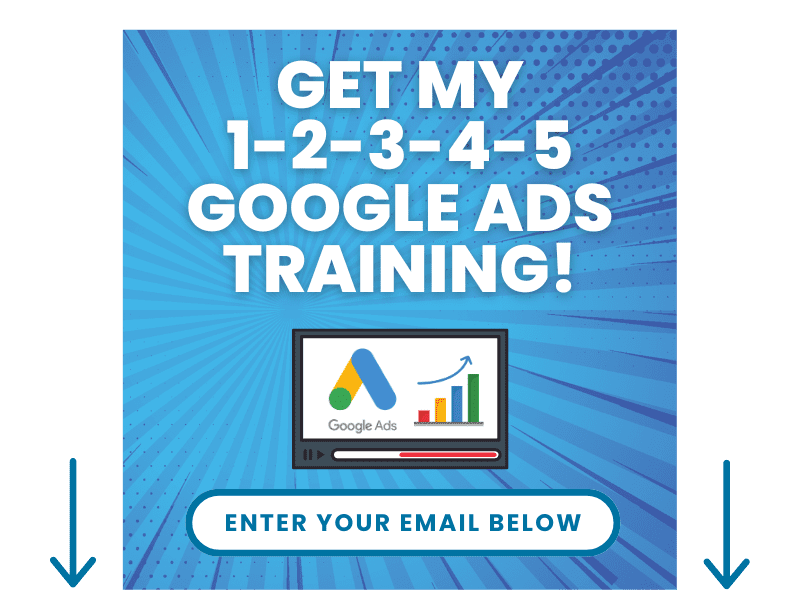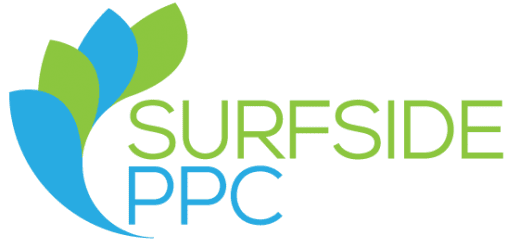Search engine optimization requires a long-term effort. While SEO changes every single year, it requires content creation and optimization around your top keywords.
A blog post is a fundamental part of an effective SEO strategy. Each blog post functions as an individual webpage that can improve search visibility and user engagement.
We put together our current SEO keyword targeting strategy in the video and corresponding article below. You can watch the video on this page, or watch it directly on YouTube
5-Step SEO Keyword Content Strategy
Mastering the art of SEO is crucial for any business looking to improve its online presence. By focusing on the right strategies, you can significantly boost your website’s visibility and drive more traffic. Here, we present a comprehensive 5-step strategy to help you achieve your SEO goals.

Tracking organic traffic is essential as it serves as a key performance indicator (KPI) for measuring the success of your content strategies. By monitoring organic traffic, businesses can gain insights into their website’s performance, improve engagement, and ultimately achieve their marketing goals.
Step 1: Conduct Thorough Keyword Research To begin with, you need to identify the keywords that are most relevant to your business. This involves using tools like Google Keyword Planner, Ahrefs, or SEMrush to find keywords that have a high search volume and low competition.
A 5-Step Keyword Content Strategy for Google Ads, SEO, and Facebook Ads
Are you struggling to improve your digital marketing results? You’re not alone. Many businesses find it challenging to navigate the complex world of online advertising and search engine optimization. But with the right strategy, you can boost your online visibility and drive more traffic to your site. Creating relevant content that aligns with user search intent and enhances the user experience is crucial for standing out in a saturated market. In this post, we’ll dive into a powerful 5-step keyword content strategy that can help you achieve long-term success with Google Ads, SEO, and Facebook Ads.
Step 1: Focus on Short Tail Keywords with Search Intent
The foundation of any solid digital marketing strategy starts with identifying your core short tail keywords. These are typically one or two-word phrases that broadly describe your business or offerings. For example, if you run a digital marketing agency, your short tail keywords might include:
Google Ads
SEO
Facebook Ads
While these keywords often have high competition, they’re crucial for establishing your overall digital marketing direction. Understanding search intent is essential as it influences keyword research and content planning, ensuring your content aligns with user needs to achieve higher rankings in search results.
Step 2: Conduct Keyword Research to Find Related Keywords for New Content Ideas
Once you’ve identified your primary short tail keywords, it’s time to expand your horizons. Use tools like Google Keyword Planner to discover related keywords and long-tail variations. This step is all about understanding what your potential customers are searching for.
It’s crucial to consider search volume during this process. Search volume indicates how frequently a term is being queried by users, helping you determine the effectiveness of targeted content in meeting user intent.
For instance, if we stick with our digital marketing example, you might find related keywords like:
Google Ads campaign optimization
SEO best practices
Facebook Ads targeting strategies
These related keywords not only give you ideas for new content but also help you understand the landscape of your niche.
Step 3: Group Your Keywords and Create Content
Now that you have a robust list of keywords, it’s time to group them logically and start creating content. This is where the magic happens! Group similar keywords together and use them as the basis for comprehensive content pieces. Properly crafted meta descriptions and strategic keyword integration can significantly enhance a webpage’s appearance in search results.
For example, you might create pages or blog posts around topics like:
“10 Google Ads Optimization Techniques to Boost Your ROI”
“The Ultimate Guide to On-Page SEO Factors”
“How to Create High-Converting Facebook Ad Creatives”
Remember, quality is key. Focus on creating in-depth, valuable content that addresses your audience’s needs and questions.
Step 4: Link Related Content Together
Here’s where we start tying everything together. As you create more content, make sure to link related pieces to each other. This internal linking strategy helps both users and search engines navigate your site and understand the relationships between different topics.
Ranking well in Search Engine Results Pages (SERPs) is crucial. Aligning your content with user searches and preferences not only increases visibility but also attracts potential customers throughout their buying journey.
For instance, your “Google Ads Optimization Techniques” page might link to specific articles about keyword research for Google Ads or to a more general guide about PPC advertising strategies.
Step 5: Continuously Improve Your Content
Digital marketing is not a “set it and forget it” task. To maintain and improve your performance, you need to regularly update and enhance your content. Having a well-defined SEO content strategy helps in effectively targeting user intent and improving visibility. This includes:
Adding new information to existing pages (e.g., updating your SEO guide with the latest algorithm changes)
Updating outdated content (like refreshing your Facebook Ads targeting article with new features)
Improving the user experience
Analyzing performance data and making adjustments
By keeping your content fresh and relevant, you signal to search engines that your site is actively maintained and valuable to users. Plus, it ensures your Google Ads and Facebook Ads content remains current and effective.
Bringing It All Together: The Power of Topic Clusters
As you implement this 5-step strategy, you’ll naturally start forming what’s known as “topic clusters.” This SEO concept involves creating a main “pillar” page that broadly covers a topic, with multiple related content pieces linking back to it.
Defining your target audience is crucial in this process. Understanding the specific audience and their pain points is essential for producing relevant content that effectively drives engagement.
For our digital marketing example, you might have three main pillar pages:
“Mastering Google Ads: From Basics to Advanced Strategies”
“The Complete Guide to SEO Success”
“Facebook Ads Domination: Strategies for Every Business”
Each of these pillar pages would then have cluster content about specific subtopics, strategies, or case studies all linking back to these central hubs.
This structure not only helps search engines understand the breadth and depth of your content but also improves the user experience by providing comprehensive, interconnected information.
Conclusion: Patience and Persistence Pay Off
Implementing this 5-step keyword content strategy for Google Ads, SEO, and Facebook Ads takes time and effort, but the results can be truly transformative for your online presence. Remember, digital marketing is a long-term game. Be patient, stay consistent, and keep providing value to your audience.
Creating a winning SEO content strategy is crucial. This involves defining the target niche, understanding user intent, and implementing effective workflows to enhance content production and decision-making. These critical steps aim to drive organic traffic and improve search engine rankings.
By focusing on relevant keywords, creating high-quality content, and continuously improving your offerings, you’ll be well on your way to achieving lasting success across all three platforms. So, roll up your sleeves and start putting this strategy into action – your future self (and your client’s ROI) will thank you!

